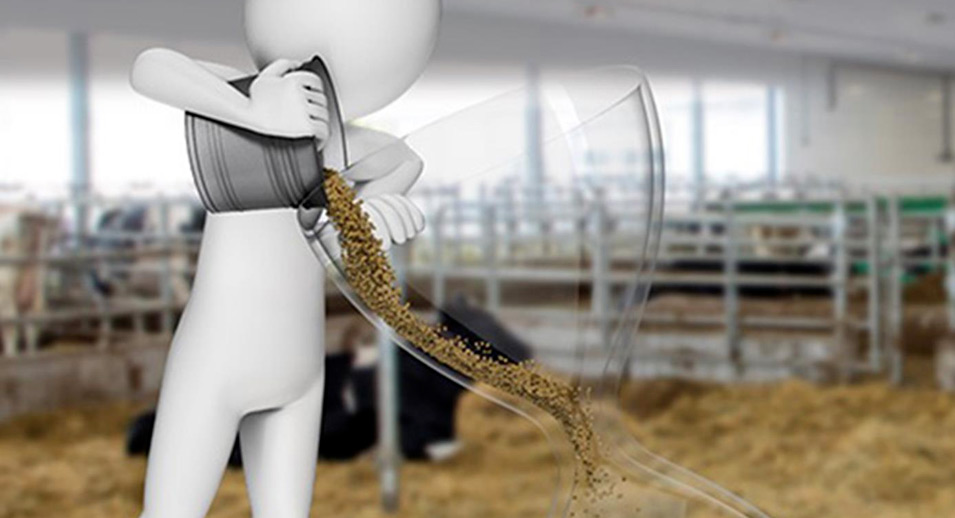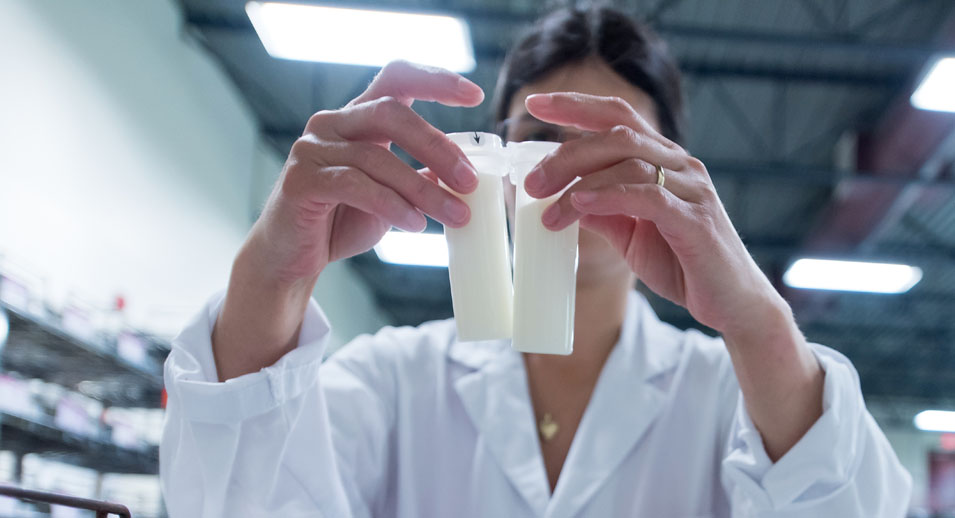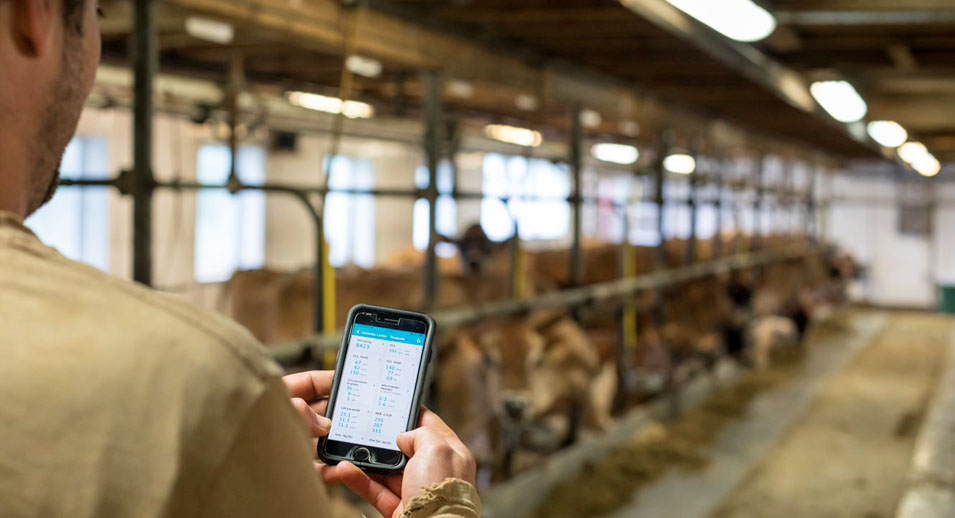Checklist for Limiting the Negative Effects of a Long Dry Period
- June 8, 2020
We have proposed a number of possible solutions to help producers to meet the challenge of production limits in the context of the Covid-19 pandemic. One of the main strategies adopted by many producers was drying off cows early at the end of lactation.

With the approach of calving for these cows that have been on an extended vacation, some worry that there could be negative effects. In this unusual situation, how can we offer the best possible conditions for calving and a successful lactation?
We have drawn up a list of the key elements to consider at each step:
1- At Drying Off
Selecting cows to dry off early or cull |
|
Recommendations for drying off early |
|
Health Monitoring |
|
2- During the Dry Period
Housing
Minimize stress, avoid overcrowding, provide a clean, dry and well ventilated environment |
|
Daily Observation Prevent health problems |
|
Body Condition Score Production |
|
Feeding Prevent metabolic problems through adequate feeding.
|
|
3- Fresh Cows
Fresh Cow Monitoring |
|
Feeding |
|

Article written in collaboration with strategic advisors and Lactanet’s Innovation and Development team.










